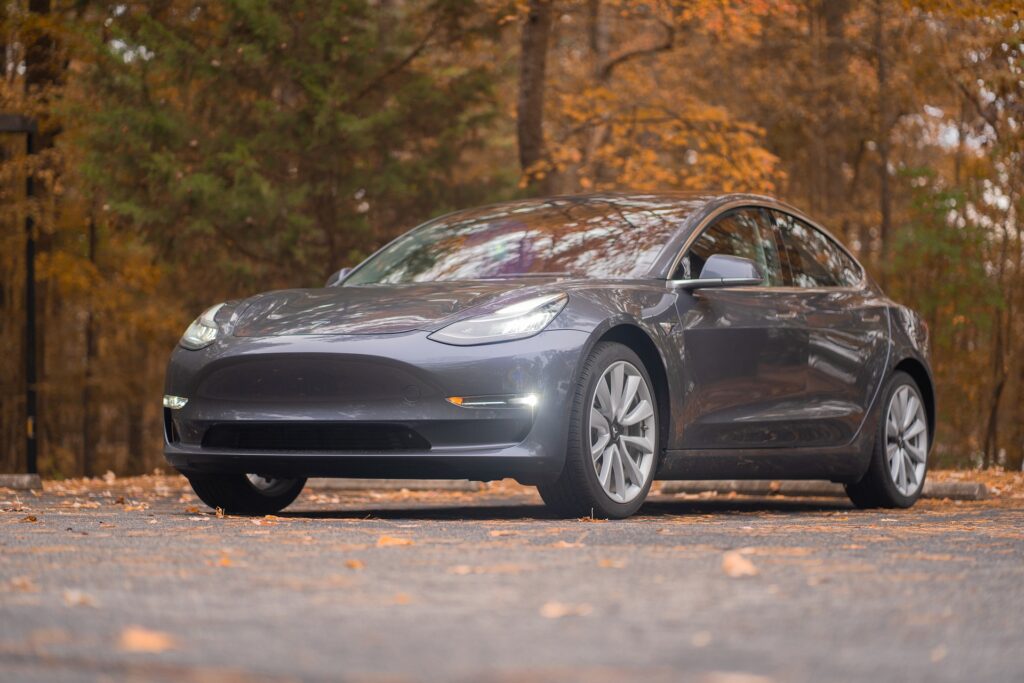With news of driverless cars being rolled out on UK motorways in 2017, car owners are looking forward to exploring the possibilities of these futuristic self-driven wheels. As per the market reports, Chancellor George Osborne has confirmed that testing driverless cars in the UK will take a few months. The initial trials will be conducted on Bristol, Greenwich, Coventry, and Milton Keynes roads. In one of his recent statements, the Chancellor has expressed his high hopes for self-driven cars & he is confident that driverless cars in the UK could mean a fundamental transformation across the English transport scene. He is hopeful that cutting-edge automatic cars will revolutionise motoring by 2020, taking up the country as the vanguard of this state-of-the-art technology.
Futuristic trend in mobility
Now, what’s so special about driverless cars in the UK? Well, self-driven cars define a futuristic trend in mobility where you won’t need to rely on any human driver to steer. When the car drives automatically for you, you can let go of the worries pertinent to texting or getting carried away with your favourite tune on the car radio while driving manually.
Cars with pre-safe & self-parking systems
However, as with anything new that comes into the market, many speculations have developed about the true functional quotient of driverless cars in the UK. You must be wondering whether self-driven cars would at all mean something truly revolutionary or beneficial. Well, it’s important to note here that automatic cars are equipped with pre-safe systems that can anticipate crashes and also prep the vehicle to keep its occupants safe. Let’s discuss it with an example.
Suppose you suddenly bump into a huge garbage truck while driving around a corner in your automatic car. Now, while you are all set to throw out your worst swear words, the safety system in the car would automatically start to use the brakes immediately and slow the car to reduce the severity of the crash. Not only this, the driverless cars in the UK would be able to detect the unavoidable possibility of a crash & if it senses so, it would instantly open up the airbags for your safety inside the vehicle.
A self-parking system is another great advantage of driverless cars. Parking the car is a big issue for most drivers, especially when it comes to parallel parking. Thanks to the self-parking advantage, the driverless cars would automatically read the area in the parking zone and, just like any seasoned driver, react accordingly while moving safely from one point to another.
Special features of driverless cars
It should be noted here that driverless cars in the UK are about to come with a good range of state-of-the-art features. Here is a brief overview of the special features you would find in automatic cars.
LIDAR
The “Laser Illuminating Detection & Ranging” system has been deployed to generate 3D maps that will enable the automatic car to detect potential hazards on the road. It will bounce off laser beams around the steam & accurately spot the distance & profile of the damaging object. The LIDAR is mounted on the car top & it rotates to offer the car’s onboard processor a 360-degree view.
Radar
LIDAR is handy for precisely mapping the surroundings, but it cannot accurately monitor the speed of vehicles surrounding your car in real-time. But the driverless cars in the UK would be coming up with bumper-mounted four radar units to do the needful job for you. The cars will have two sensors each on front & rear bumpers that will send signals to the onboard processor for brakes if they sense a possible crash from a speedy car nearby. The Radar technology in automatic cars works together with gyroscopes, inertial measurement devices & wheel encoders to convey precise signals to the processing unit of the car – to help it with informed decisions on avoiding potential accidents.
High-powered advanced cameras
Driverless cars would have cameras mounted on the car’s exterior to offer a good overlapping view of the vehicle’s surroundings. This is based on the function of the human eye, which offers an overlapping view to the brain before determining things such as peripheral movement, dimension of objects, and field depth. The camera can offer an accurate view up to around 30m.
Advanced positioning
A vehicle without a steering wheel or accelerator would be useless unless it’s backed by a high-end positioning system that would allow it to track the course ahead & identify the proper route for its destination. Thus, driverless cars use mapping systems, GPS satellites, wheel encoders & inertial measurement devices to determine the actual speed. High-end positioning system in driverless cars works together with onboard cameras for processing real-world information, GPS data & driving speed – which would help to precisely determine the exact positioning of every vehicle around your car whilst making corrections for road construction and traffic & accidents
Winding up
From the above discussion, it can be safely concluded that driverless cars would mean something great for UK roads. Not only are they powered by state-of-the-art features, but constant R&D work in the self-driving sector signifies further advanced automatic driving technology. The prime-most advantage here is that driverless cars would be greatly able to avoid unfortunate crashes & accidents usual with distracted drivers. As per the UK Treasury, driverless cars in the UK would be bliss, no doubt, as they are estimated to prevent around 95 per cent of crashes by alerting motorists about accidents & traffic jams on the road.
After all this, you must be eagerly waiting for the test reports of driverless car rides on UK roads.
